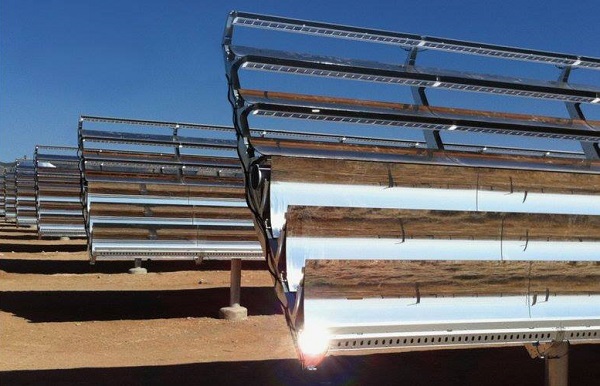Already a significant solar player in North Carolina, where two 20-megawatt arrays feed a data center, Apple is taking on a big photovoltaic project in Nevada – this one 18 megawatts – to help power a new Reno-area data center.
Apple said in statement reported initially by GigaOm that a “137 acre solar array will generate approximately 43.5 million kilowatt hours of clean energy.” At Nevada’s average commercial electricity rate of 9 cents per kilowatt-hour, that’s $3.9 million worth of electricity every year. The Reno Gazette-Journal reported that the project would go up “in Yerington, south of the data center Apple is building outside Reno.”

Tech giants doing renewable energy for their data centers is beginning to be a bit of an old story, but there do appear to be a couple of interesting aspects to this one.
First, the local utility company, NV Energy, said that this would be the first project under its new Green Energy Program. As the Gazette-Journal described it, “Apple will take on all costs and risks. It also will get credit for the plant’s contributions to the state’s renewable portfolio standard.”
In a statement, NV Evergy’s CEO and president, Michael Yackira, said the Green Energy Program “allows customers such as Apple to choose to have a greater proportion of their energy coming from renewables than the law requires, without having a cost impact on our other customers.”
This arrangement brings to mind Google’s push for a “renewable energy tariff” in North Carolina, in which the cost of bringing new renewable energy generation online would be passed on directly to the party seeking the clean energy.” In April, Duke Energy agreed to pursue such a tariff in building renewable resources that will power an expanded Lenoir, N.C., data center of Google’s.
A second interesting aspect of Apple’s Nevada solar project: GigaOm reported “Apple is actually planning to use a new type of technology for the solar system, which includes both solar panels and also mirrors that concentrate the sun’s rays up to seven times onto the panels.” This a reference to SunPower’s C7 tracker, a low-concentration system that SunPower confirmed on its Facebook page would be used in the Nevada project.
SunPower introduced this product a year and a half or so ago and last September it announced that Tucson Electric Power would use 6 megawatts worth of it in a project. The C7 Tracker combines SunPower’s customary horizontal, single-axis tracker with rows of parabolic mirrors that reflect light onto solar cell receivers. Concentrating PV systems work especially well in areas of high solar irradiance – like Arizona and Nevada. SunPower says it’s a utility power plant price buster, beating competing technologies by “up to 20 percent.”